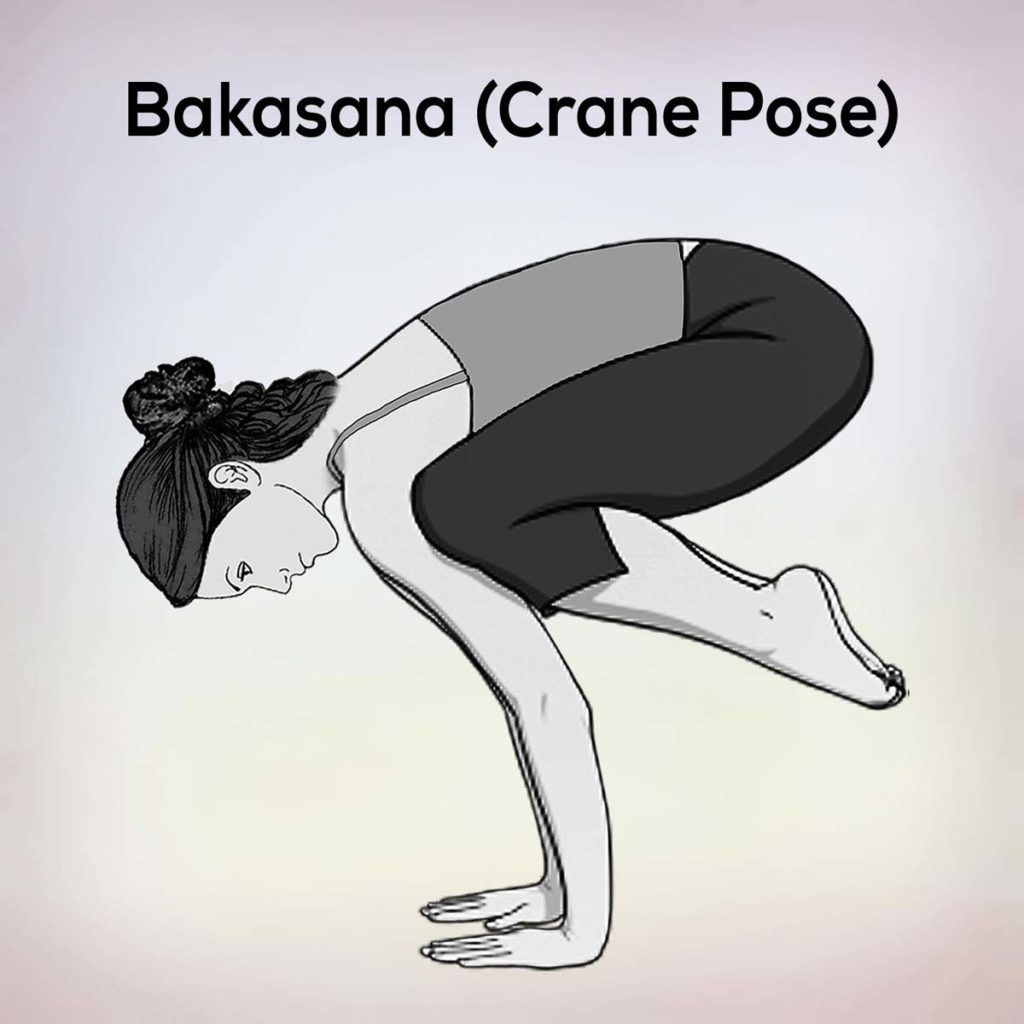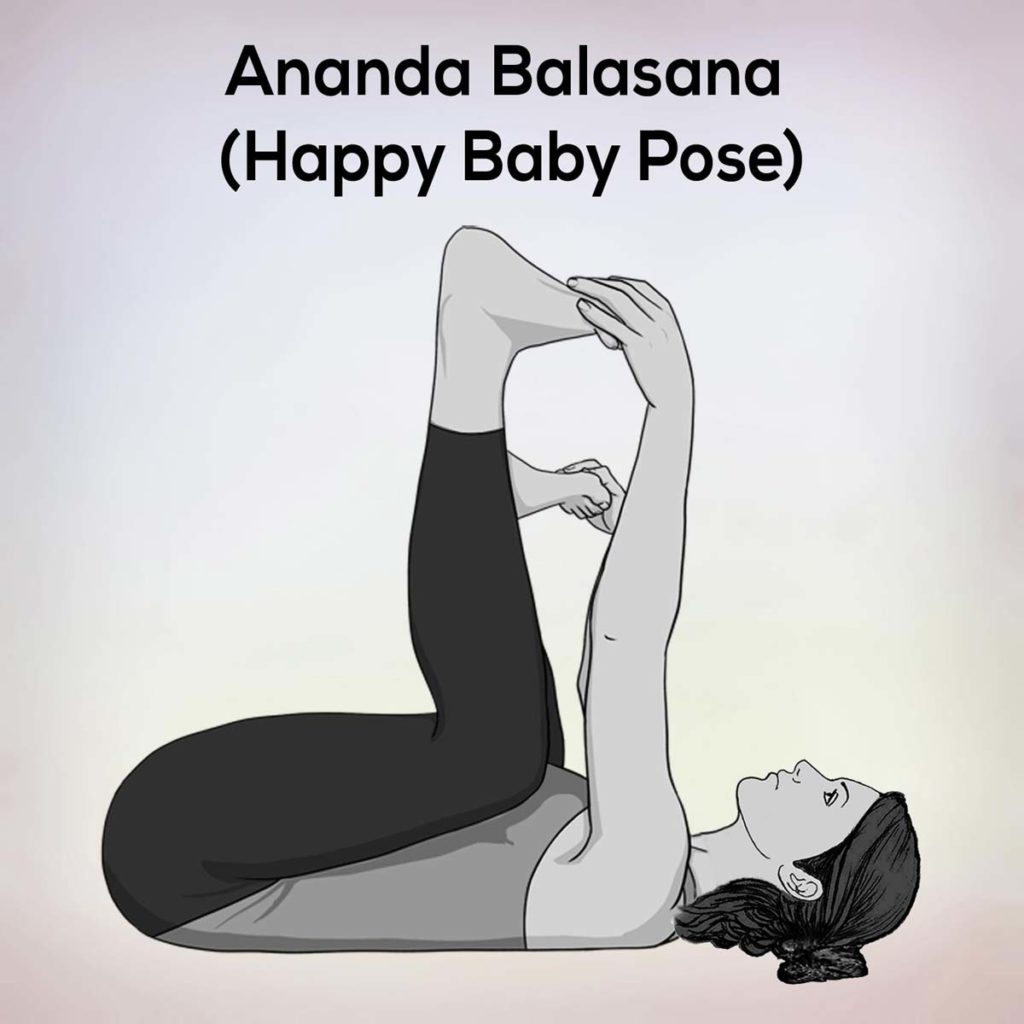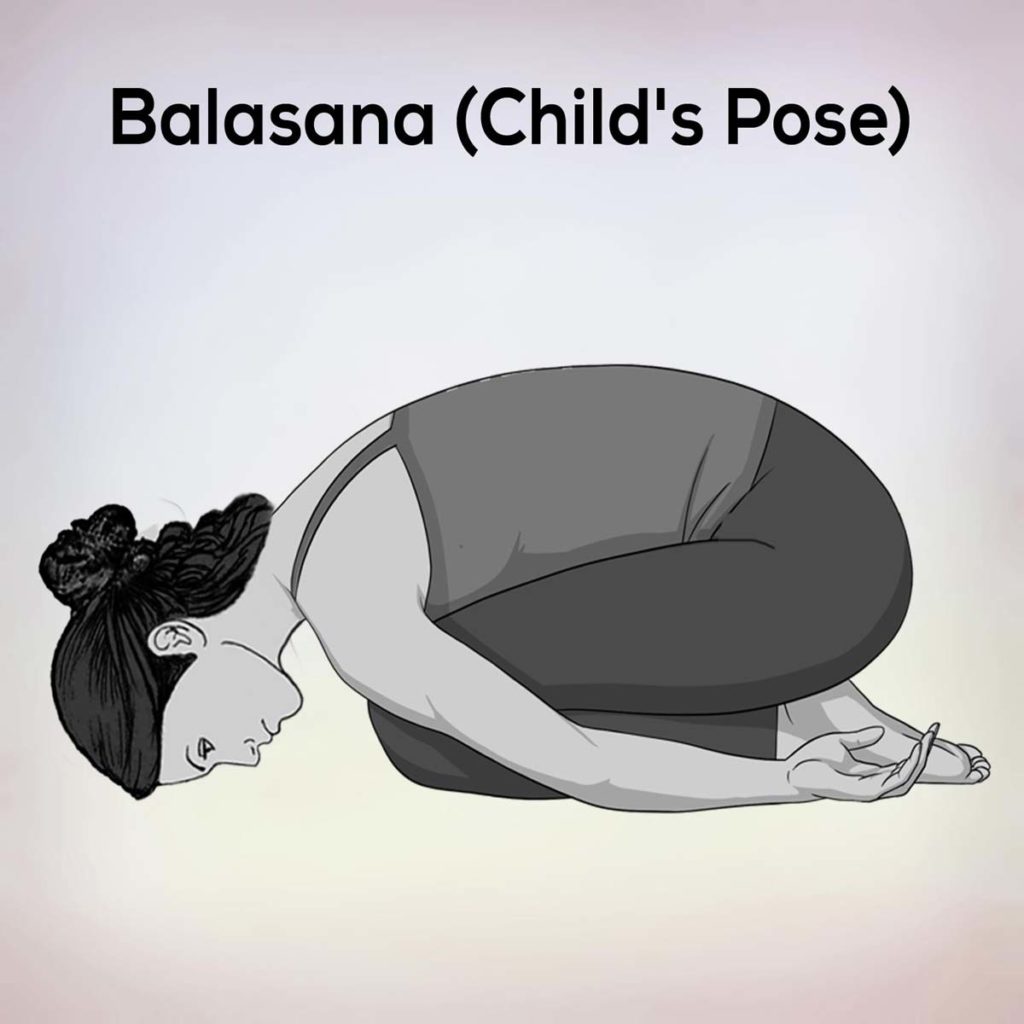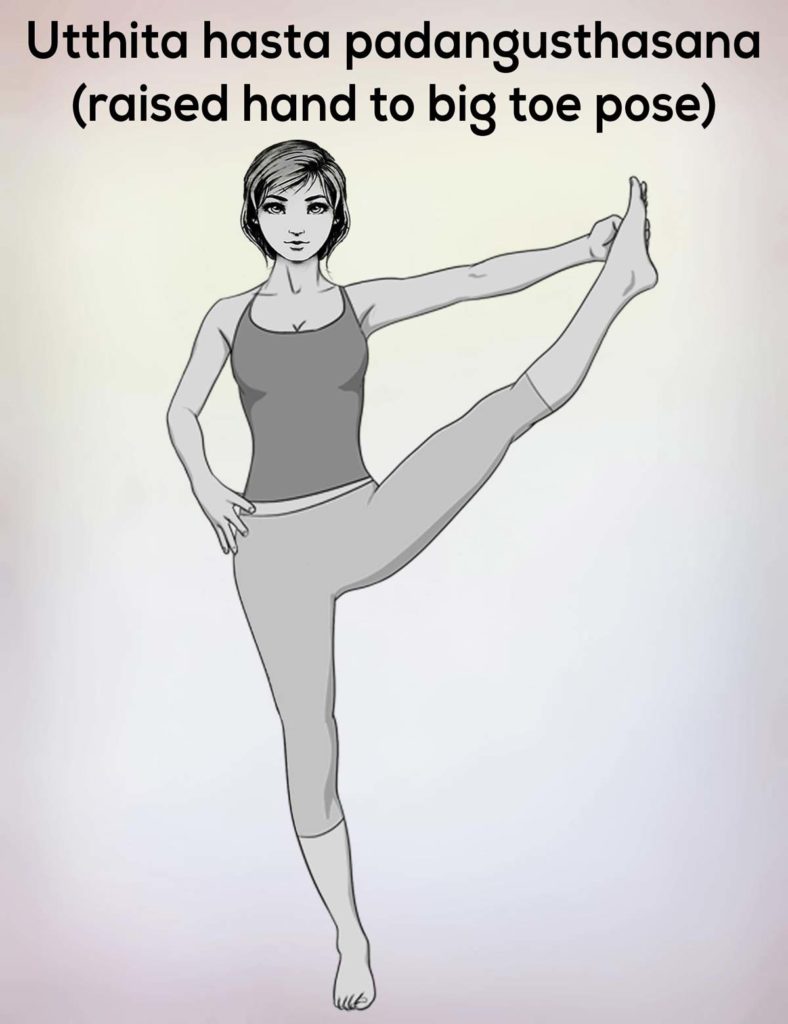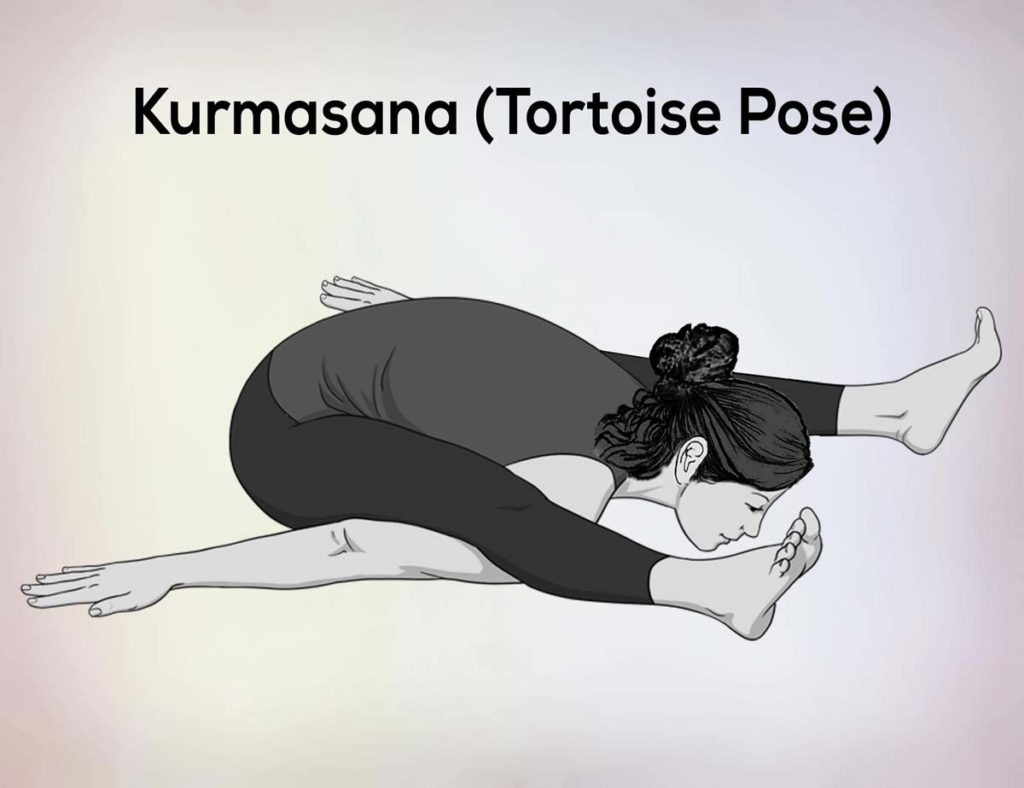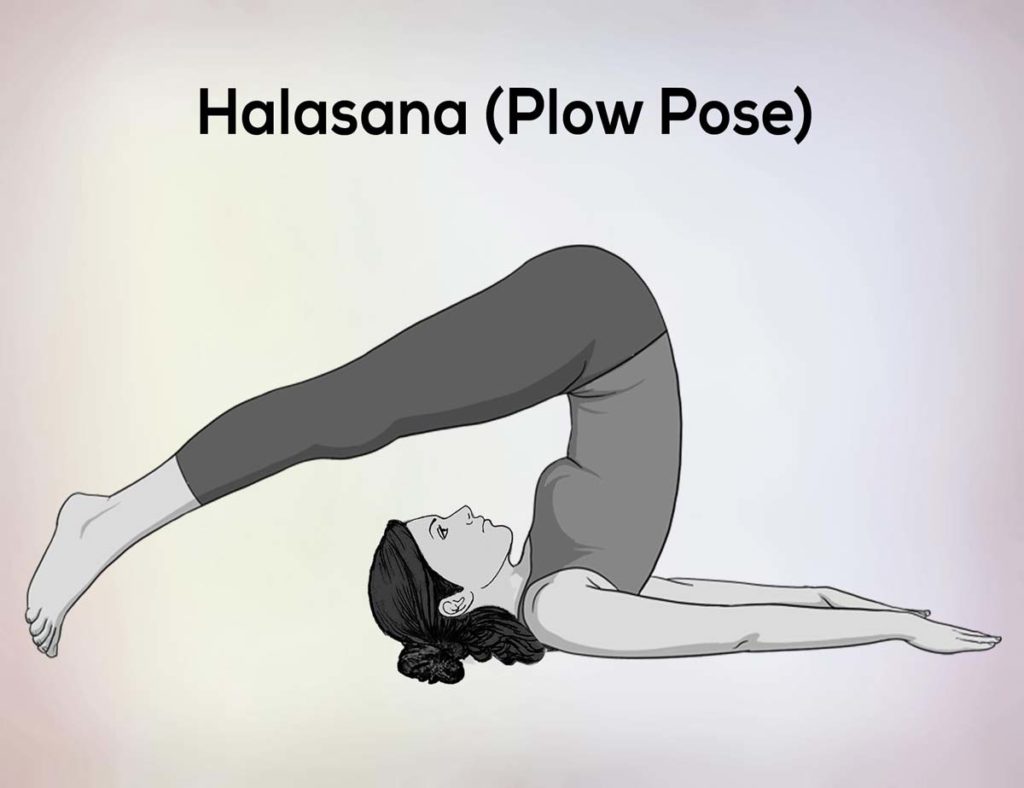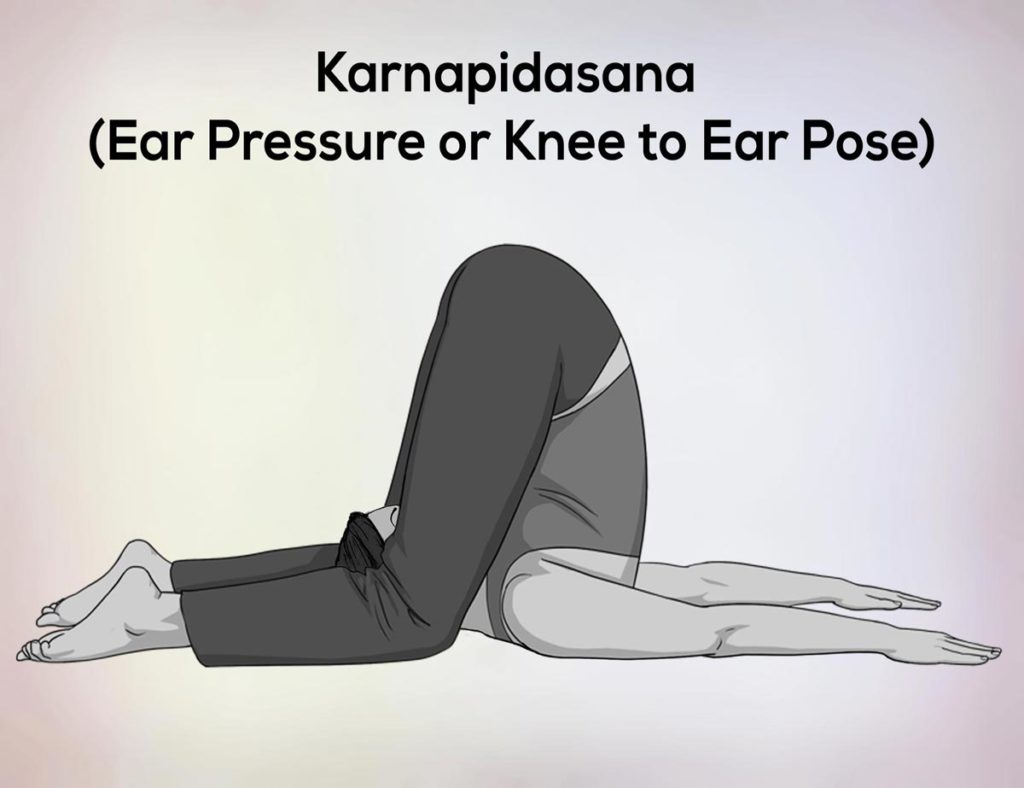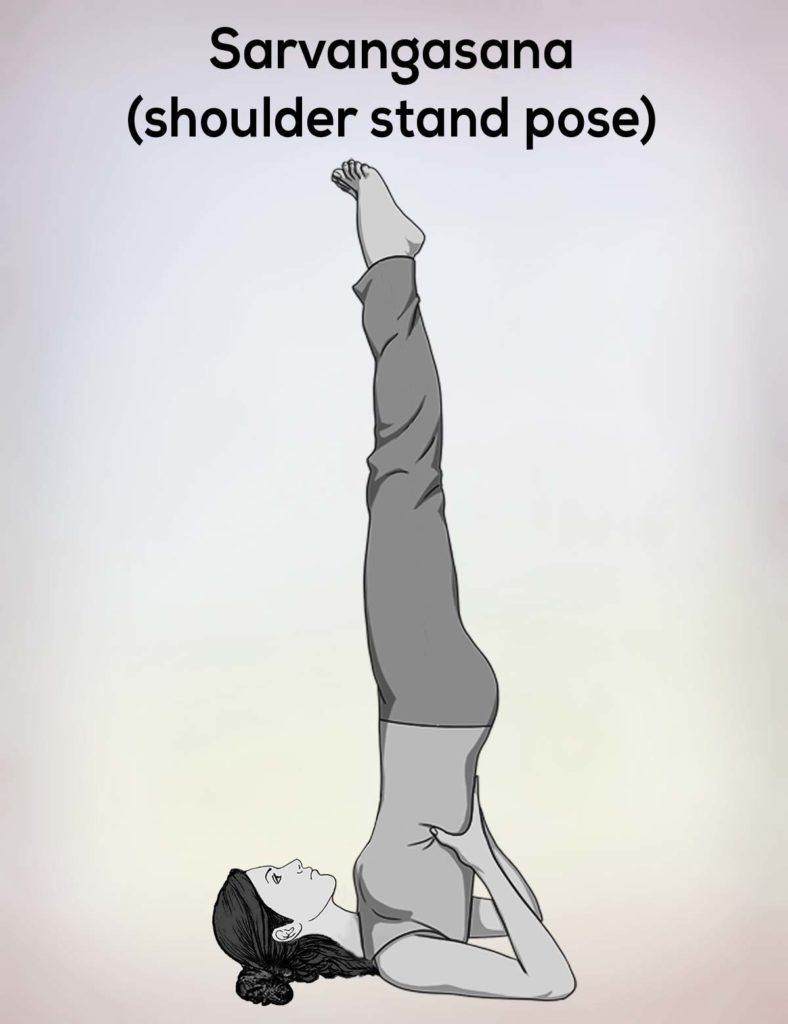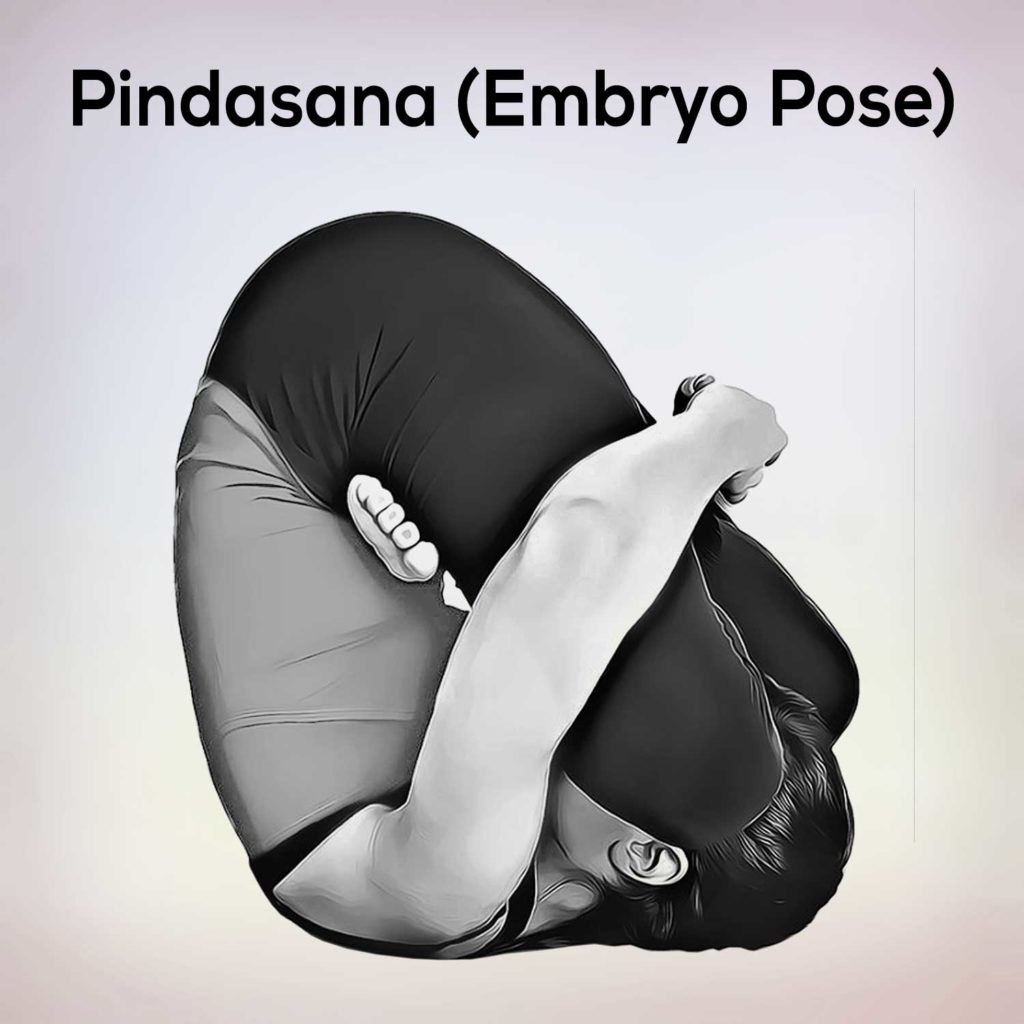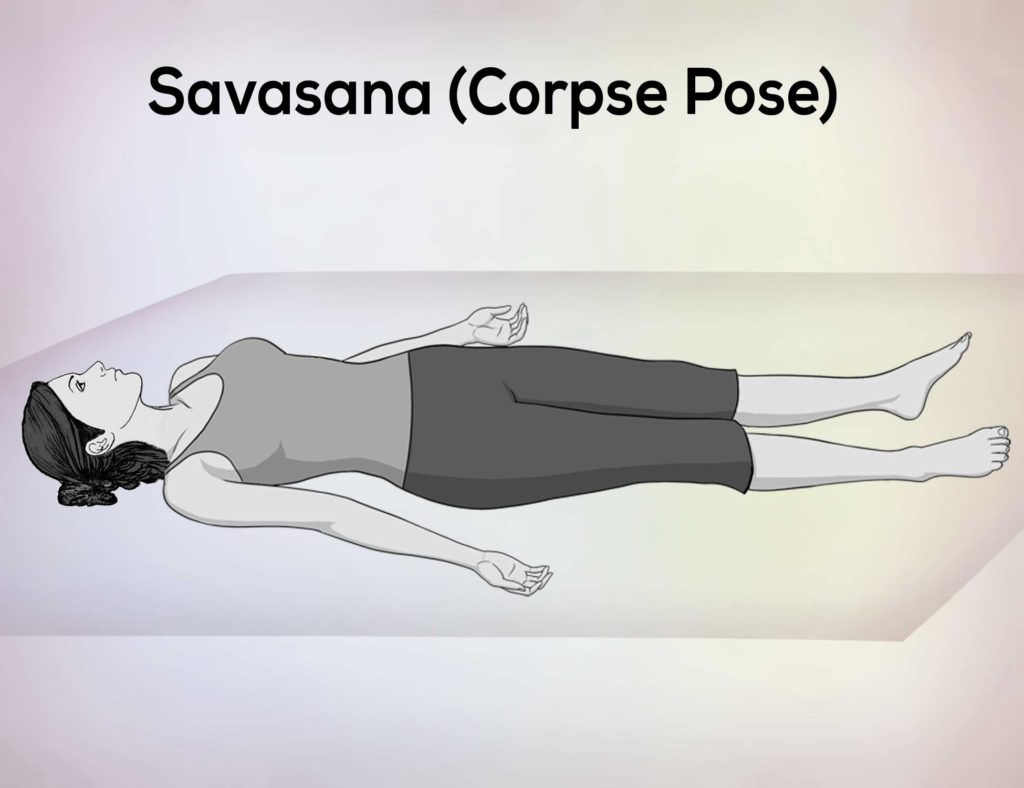Bakasana
Bakasana (Crane Pose): Steps, benefits, and precautions The word “Baka” is derived from the Sanskrit word meaning crane and Asana means Posture. This asana is similar to the posture of a crane body, so it is also designated as the crane posture. Bakasana is a compact hand leveling posture that helps strengthen the arm, just […]
